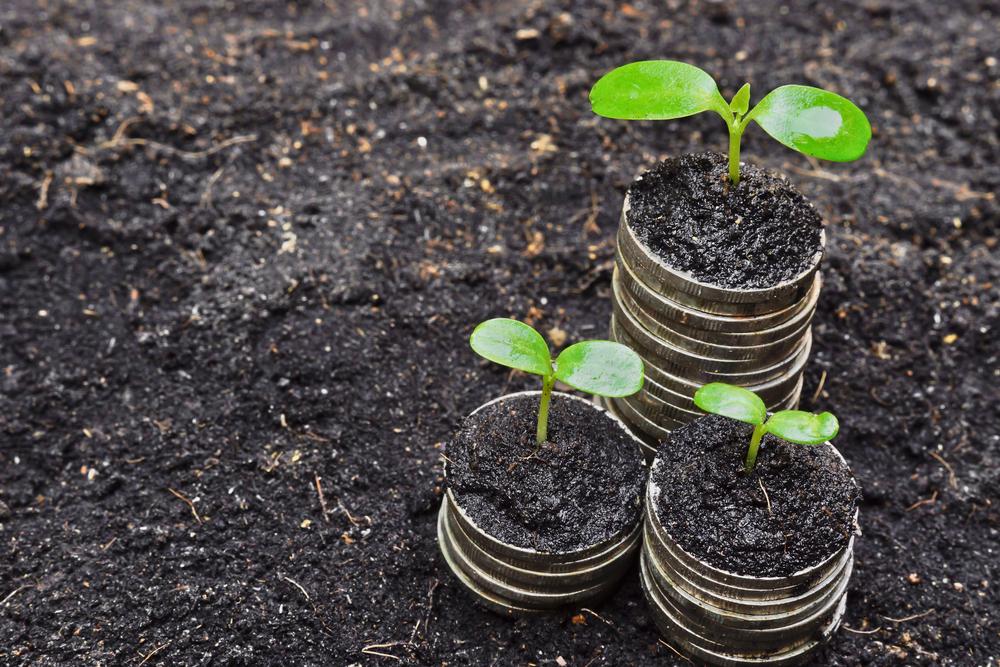Sustainable Investment, defined by the Forum for Sustainable and Responsible Investment as “an investment discipline that considers environmental, social and corporate governance (ESG) criteria to generate long-term competitive financial returns and positive societal impact”, is a rapidly growing industry.
A Financial Times article published earlier this year revealed that “$17.5tn out of the $79tn of total assets under management globally are invested in funds applying environmental, social and governance criteria”. An encouraging figure, perhaps, but one which distorts a canyon of regional disparity in the commitment to environmentally and socially sustainable investment.
The same article reported that a mere 5% of East Asian management assets are currently invested in sustainable projects, compared with almost 30% in the USA and Canada.
While the breadth of the discrepancy may come as a shock, it is in keeping with a decades-long trend within the Asian economy: to put the quest towards economic development first, even at the expense of glaring environmental and social consequences. The result is the staggering rate of pollution and worsening inequality across the Asian continent.
A continent of extremes
A 2019 Greenpeace report concluded that, out of the 100 most polluted cities in the world, 99 were in Asia. In particular, India and China were found to be the worst perpetrators, with the air in the city of Gurgaon – Southwest of New Delhi – containing more than 13 times the World Health Organisation’s (WHO) air quality guideline.
Beyond the immediate environmental concerns, Asia is facing a worsening income inequality crisis. A 2017 Oxfam report demonstrated how the continent has become a magnet for economic extremes, with 4 of the world’s 5 most expensive cities residing in Asia, despite a widening wealth gap – aggravated by wage disparity and inconsistent access to education.
Yet, Southeast Asia remains a huge market for sustainable investing opportunities. According to the Global Impact Investing Network, nearly a third of all sustainable investment ventures are based in the region, with 44% of companies intending to expand their projects in Asia over the next few years.
And that is chiefly because Asia represents a monumental opportunity for companies interested in sustainable investment enterprise; not only is there a growing demand for practical solutions to worsening socio-economic crises – not least including the dire need to tackle pollution and income inequality – but there is a shifting emphasis towards self-sufficiency, both from a political and environmental perspective.
The impact of climate change means that many natural resources are already, or will soon, become increasingly scarce and exponentially more expensive. The incentive to prioritise investment in projects which produce a positive socio-environmental impact grows ever greater, not just from an ethical standpoint, but as a practical necessity in a world on the brink of a climate crisis.
Appetite for sustainable projects
Politically speaking, the trend towards self-sustainability is one which has slowly come to the forefront of global affairs in recent years, most notably in China. In 2017, the economic superpower announced a $300 billion plan to become self-sufficient by 2025, citing a desire to reduce dependence on foreign imports in the wake of a dramatic rise in domestic demand and a typically volatile international market.
Moving forwards, we can perhaps expect to see more Asian businesses following the example of large cap players such as Morgan Stanley and Citigroup, seeking out investment ventures not just on an ethical basis, but as an increasingly attractive move to capitalise on the growing demand for practical solutions to social and environmental issues.
That being said, sustainable investment has taken some time to gain traction in Asia, and in its very nature appears to go against the characteristically short-term approach that Asian investors have historically taken. As Curtis Chin wrote in the Financial Times, “the perception of ESG as a gospel preached by well-meaning but interfering non-government organisations has a strong hold in a region where many countries have understandably been focused on rapid economic development”.
This dizzying climb towards economic growth has benefitted from the more laissez-faire approach taken by a number of Asian countries – most notably in the region of Hong Kong, which was rated top of the list of the most economically free countries in the world in a 2019 Investopedia report – but the integration of ESG legislation from various non-governmental organisations has been relatively coldly received in some parts of Asia, being frankly low on the “list of priorities”.
A new beginning?
However, the tide is beginning to turn. The model which Asian businesses are only really just beginning to consider is one which places sustainability at its core, investing in projects that revolve around a positive ESG impact. In 2019, Japan announced that one of its largest banks would be reversing its commitment to coal-fired power generating schemes, and the number of Chinese companies signed up to the United Nation’s Principles for Responsible Investment tripled between 2017 and 2018.
So, evidently, Asia has already started to consider sustainable investment, but it has only just dipped its toes into a vast lake of fiscal opportunity. There is still much work to be done in shifting a long-held suspicion, as well as a considerable degree of apathy, towards sustainability projects. The GIIN cited, in particular, “regulators’ unfamiliarity with impact investing” as an obstacle to the growth of the market in Asia, resulting in “complex, inefficient, and restrictive policies or the absence of enabling policies”.
Certainly, there is a lack of regulatory framework for sustainable investment projects on the continent, but this is largely because sustainability is a relatively novel concept in business terms, and the legislation simply hasn’t had a chance to catch up.
There is some improvement being made in terms of regulations, however, with Hong Kong’s Securities and Futures Commission making it mandatory for all its listed companies to disclose their sustainability credentials – and, from the start of 2020, mainland China has also committed to implementing a similar strategy.
A pivotal opportunity
At the turn of the decade, Asia is faced with a pivotal opportunity to change its approach to sustainability, and to put environmentally and socially beneficial projects at the core of its rapidly evolving economy. There is a visible appetite for it too, with a vast population struggling with stark income inequality and the reality of the ever-encroaching dangers posed by climate change. On a continent ravaged by “the worst health crisis of a generation”, the demand for investments that focus on people as well as on money has never been greater.
All that remains is for the Asian economy to shift its focus from short-term, high-yield rewards, to a more durable model based on sustainable investment and putting the future before the present. By removing the hindrance of the widespread lack of familiarity and understanding of sustainable investment, and by challenging the deeply-embedded tendency towards short-term profit at the expense of long-term demand, Asia could well blossom into a leading example of how an economy can be recalibrated to give, and not just take.




